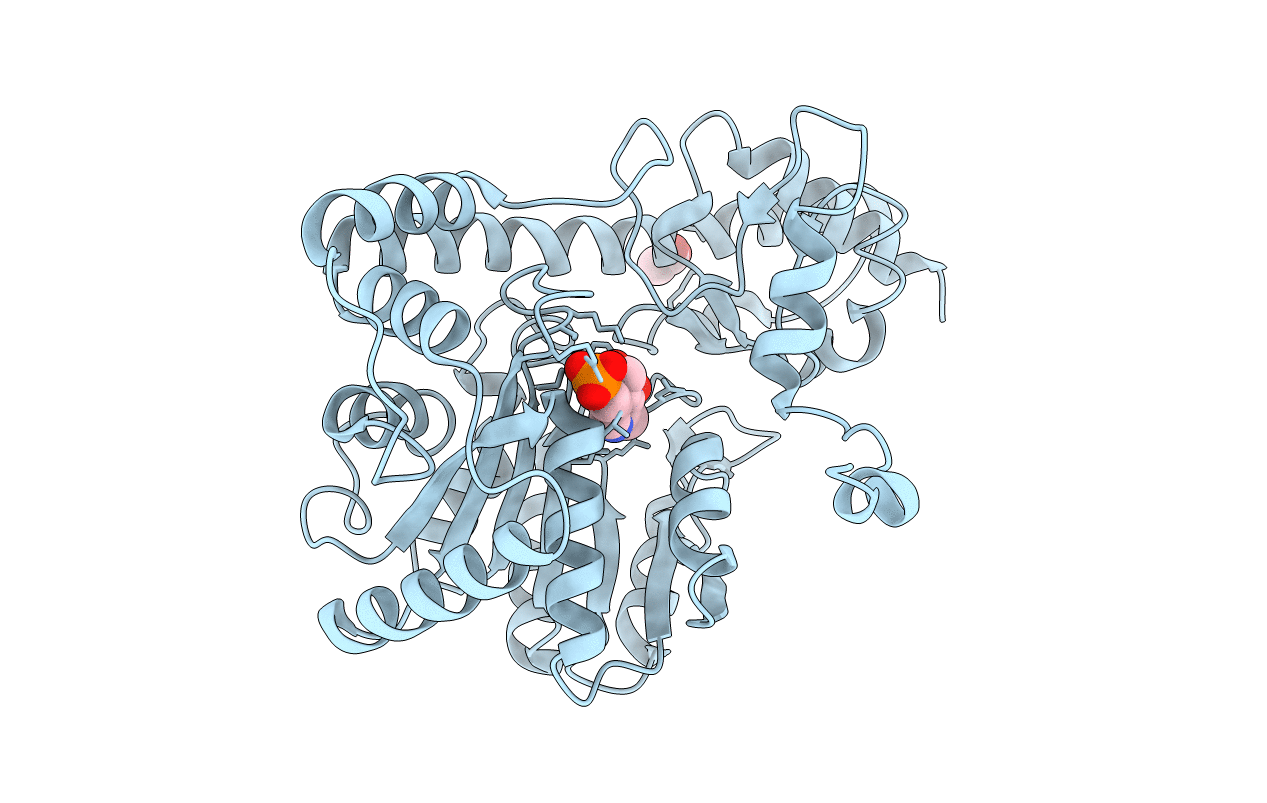
Deposition Date
2009-10-13
Release Date
2010-10-13
Last Version Date
2023-09-06
Entry Detail
Biological Source:
Source Organism:
Plasmodium falciparum (Taxon ID: 36329)
Host Organism:
Method Details:
Experimental Method:
Resolution:
2.80 Å
R-Value Free:
0.29
R-Value Work:
0.21
R-Value Observed:
0.21
Space Group:
H 3 2


